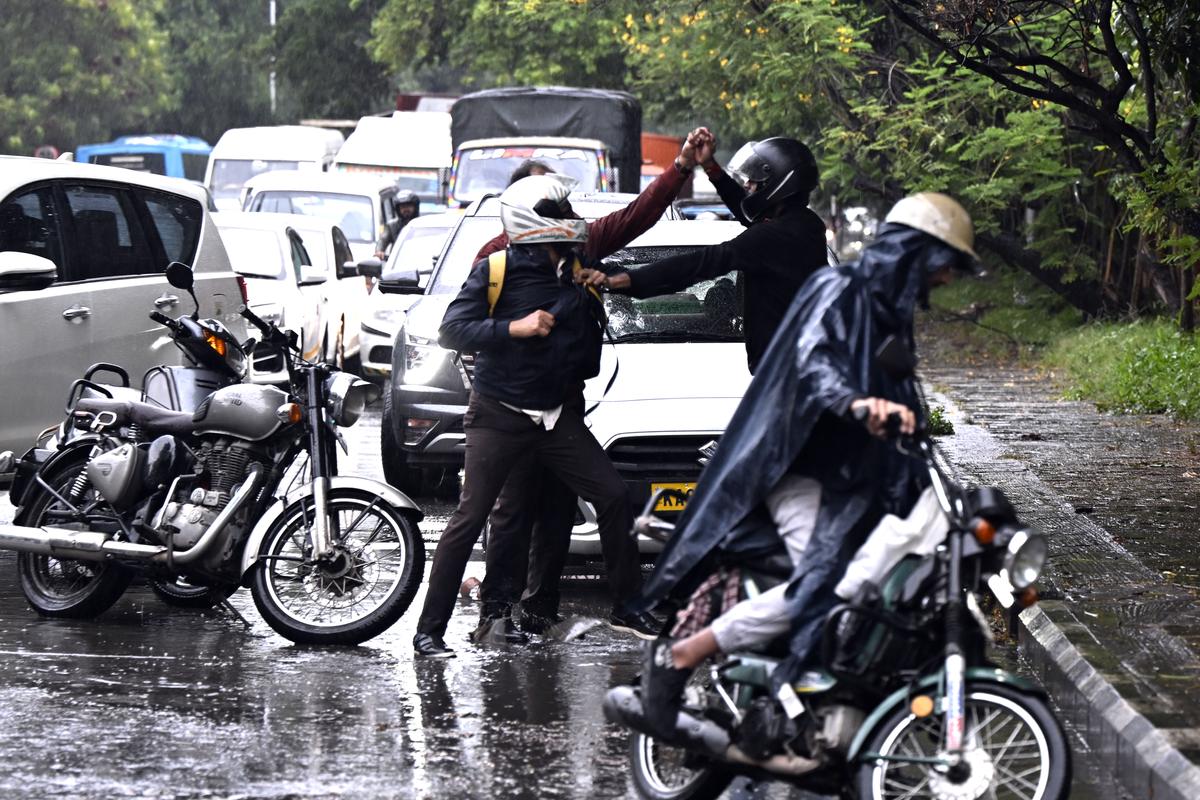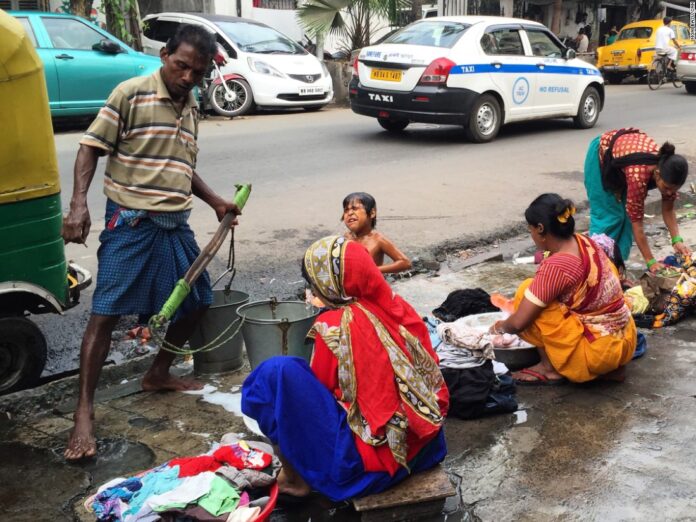India, a land known for its vibrant culture, centuries-old traditions, and diverse population, is increasingly becoming a place where time seems to stand still. In a paradoxical twist, the nation finds itself caught between fast-paced modernity and the inefficiency of its own systems.
As we try to run faster, it seems we only end up tripping over our own feet. It is as though, day by day, the Indian population has become more frustrated, inefficient, unwelcoming, and yes, corrupt. What we often ignore is that the ‘jugaad’ (shortcuts) and ‘Indian Stretchable Time’ are no longer quirks—they’ve become national traits, and this is where the trouble begins.
Frustration on the Streets: A Culture of Inefficiency
Anyone who’s ever had to navigate the streets of India will understand the state of frustration that often accompanies it. It’s not just the traffic jams that stretch on for hours, but the collective mindset that seems to be rooted in “delay and disorder.” Time, in India, is a fluid concept. Enter the phenomenon known as Indian Stretchable Time (IST). A term that humorously explains how in India, a 10 a.m. appointment may as well be a 12 p.m. one. People are always running late, but curiously, no one ever seems to reach their destination on time.
Statistics show that India’s traffic congestion is among the worst in the world. According to a 2022 report by TomTom Traffic Index, cities like Mumbai, New Delhi, and Bangalore rank among the most congested globally. Mumbai, for instance, has an average congestion level of 53%, meaning that travel times are more than 50% longer during peak hours. And while everyone is rushing to be somewhere, the paradox is that no one seems to get anywhere fast.

Meme Culture vs. Reality: The Mismatch Between Speed and Substance
Take a moment to think about your last experience in an elevator or train. In India, it’s almost a sport to get into a lift before others can exit, and in the rush to board a train, you might be elbowed out of your spot. How many times have we stood awkwardly in a crowded galley of an aircraft, waiting for the door to open, not realising we are contributing to the delay of deplaning?
The lack of basic courtesy, combined with the obsession with “getting ahead,” reflects deeper inefficiencies that permeate daily life. And it’s not just in physical spaces—digital shortcuts rule the roost too. From pressing a lift button repeatedly, hoping it will arrive faster (it won’t), to honking at a red light to make it turn green—there seems to be an inherent belief in magical thinking. But let’s be honest: does honking at a red light actually change its status? No. Yet, these actions continue.
The Culture of Corruption and Denial: Ignoring the Obvious
Corruption is no longer a mere afterthought—it’s often considered a shortcut in itself. In India, where shortcuts are revered, corruption becomes part of the system. The 2G scam, the coal scam, and the more recent Delhi liquor policy scam are just a few examples of how systemic corruption has led to severe inefficiency. Despite being one of the world’s largest economies, India still ranks 85th out of 180 countries on Transparency International’s Corruption Perceptions Index 2023, a position that highlights the country’s struggle with transparency and good governance.
Take for instance the infamous “weight on files” concept in government offices. It’s one of the most absurd examples of how bureaucracy operates at a snail’s pace. Files that could be processed in a day are instead piled up, often with the promise that “it will move faster once the file is heavier”—a statement so ludicrous that even physicists can’t explain it. But, as India knows too well, inefficiency is not just a quirk—it is the reality that millions of citizens face daily.

A Wedding to Remember… Or Forget?
The Indian wedding is perhaps the most telling microcosm of national denial and inefficiency. A wedding is meant to be a joyous occasion, but often it is reduced to an exhausting, two-day extravaganza spent entertaining mostly strangers. In fact, it’s almost an unspoken rule that no matter how many of the guests are distant relatives or complete strangers, you must treat them like family. And yet, there is no better example of inefficiency than a wedding, where endless rituals, late arrivals, and impromptu decisions create a frenzy that could rival a corporate boardroom’s chaos.
But it’s not just about weddings; the issue lies in a culture that refuses to acknowledge the inefficiencies that bog down progress. The Indian mindset of “it’s okay, we’ll manage” reflects in how many approach business, education, and governance—leading to an environment where progress is hindered by unaddressed flaws.
A Nation of Contradictions: From Pollution to Piety
India’s contradictions are endless. We worship rivers as sacred but also use them as dumping grounds for waste. The Ganges, often hailed as the “mother of all rivers,” has become one of the most polluted rivers in the world. Despite various government initiatives, the Ganges is home to over 1,000 tons of untreated sewage every day, according to reports from the Ministry of Jal Shakti. A similar situation exists in the Yamuna river, which faces heavy pollution from industrial waste, untreated sewage, and agricultural runoff.
These contradictions are reflected in our attitudes toward personal responsibility and collective action. While we hold grand prayers for clean rivers, we remain indifferent to the filth in our surroundings. This culture of denial feeds into the larger narrative of systemic failure—a society that prays for solutions but never takes responsibility for the actions that lead to problems.
How Long Before the Bubble Bursts?
India, once known for its resilience and sense of community, now finds itself entangled in the frustrations of everyday life. A place where “jugaad” has become a survival mechanism rather than a creative solution, the nation’s inefficiency is no longer a quirk—it’s an epidemic. From traffic chaos to dishonesty in government offices, to contradictions between piety and pollution, the frustration is palpable.
The question now is: how long can we continue this cycle of denial before it spirals out of control? As the country hurtles toward modernity, it must come to terms with its inefficiencies, corrupt practices, and denial-driven culture. Only then will we be able to break free from the chains of frustration that are holding us back from reaching our true potential. Until then, Indian Stretchable Time will remain our greatest asset, and perhaps our greatest curse.

